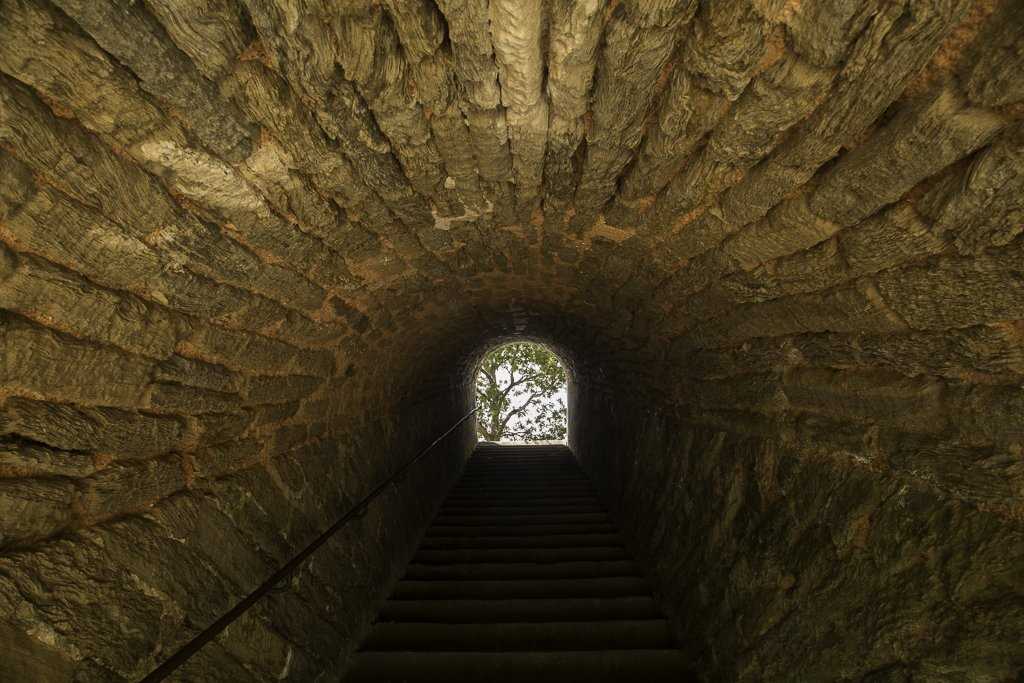Lying off the Quiberon peninsula south of Lorient, Belle Isle is the largest of the many coastal islands that lie off the coast of Brittany. Its name speaks to the interest taken by tourists to the island in modern times, for the island combines rugged cliffs (la côte sauvage) with sandy beaches (les grands sables). Inhabited since the Bronze Age, the island was settled by a community of Britons from a tribe known to the Romans as the Veneti; the earlier name for the islands was Vindilis in Latin, or Guedel in Breton.
The strategic position off a coastline with a series of important harbours soon caught the eye of Louis XIV, and his celebrated military engineer Vauban was employed to build defensive fortifications which continue to dominate approaches to the island. Nevertheless the English succeeded in capturing the island during the Seven Years War before it was returned to France in exchange for Minorca by the terms of the Treaty of Paris (1763). A vivid first-hand account of these events is provided in the celebrated autobiography of Olaudah Equiano, a rare life-story of an African slave; he had seen the siege of Belle Isle at first hand. His narrative serves to remind us that the Atlantic coast of France was heavily involved in the triangular trade with Africa and the Americas throughout the eighteenth century. Coastal ports including Honfleur, as well La Rochelle and Bordeaux all profited greatly from the trade.
Another interesting aspect of Belle Isle’s history is the arrival on the island of former French colonists deported from an area known as Arcadie in Nova Scotia also during the Seven Years War. Today the island’s population numbers some four thousand, with tourism and fishing the mainstays of the local economy. Anchored of the island’s main port of Le Palais, guests were able to go ashore for a stroll and to stay for lunch in one the town’s many charming port-side restaurants. Our afternoon panoramic tour incorporated a walking tour of Vauban’s Citadel and a visit to the Breton actress Sarah Bernhardt’s improbably romantic coastal retreat. Others enjoyed hiking and cycling options in fine weather conditions.








